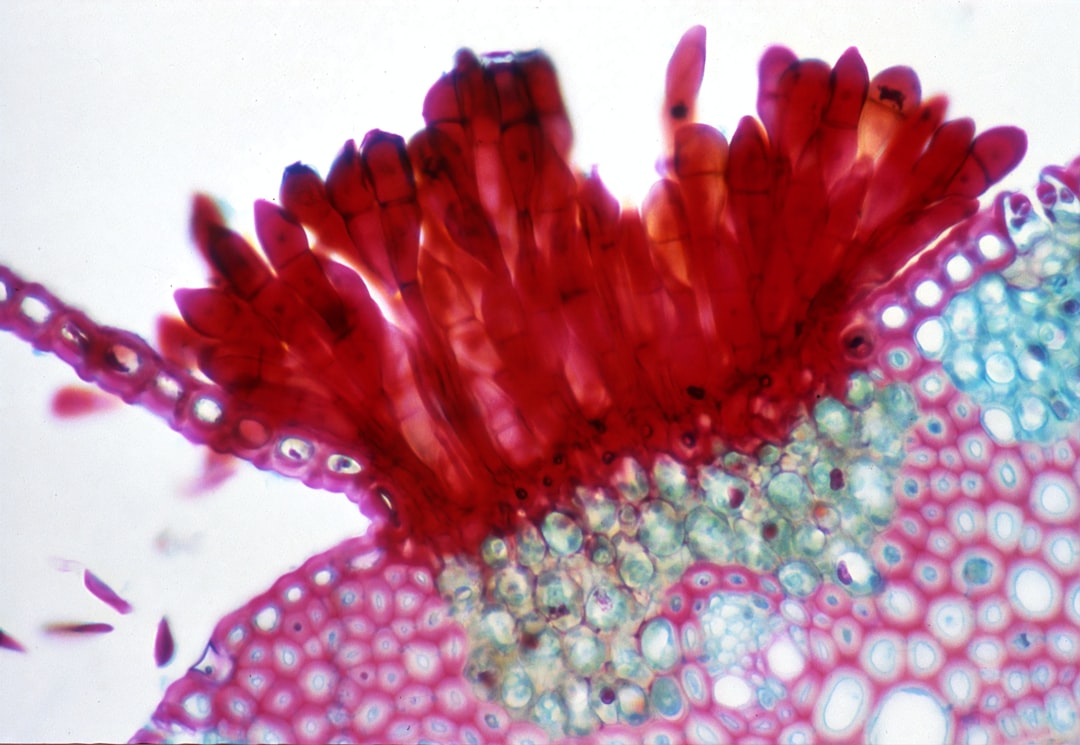Fungal diseases pose a significant threat to global agriculture, leading to reduced yields, lower crop quality, and economic losses for farmers. From powdery mildew to rusts and blights, these diseases can affect a wide variety of crops, making effective management essential. This blog post explores practical prevention strategies and treatment options to help farmers combat fungal diseases and safeguard their harvests.
Understanding Fungal Diseases
Fungal diseases in crops are caused by various types of fungi, which thrive in warm, humid, or damp conditions. Common fungal diseases include:
- Powdery Mildew: A white or gray powdery growth on leaves, stems, and fruits.
- Rust Diseases: Orange, brown, or yellow pustules on leaves and stems.
- Blights: Rapid discoloration and death of leaves and stems.
- Root Rot: Decay of plant roots, often caused by waterlogged soil.
Fungi spread through spores, which can be carried by wind, water, insects, or contaminated tools and equipment. Early detection and prevention are critical to minimizing their impact.
Prevention Strategies
Preventing fungal diseases begins with creating an environment that discourages fungal growth. Here are some effective prevention strategies:
-
Crop Rotation: Avoid planting the same crop in the same area year after year to disrupt the lifecycle of fungi.
-
Resistant Varieties: Choose crop varieties that are resistant to specific fungal diseases.
-
Proper Spacing: Ensure adequate spacing between plants to improve air circulation and reduce humidity.
-
Water Management: Use drip irrigation or water early in the day to allow foliage to dry before nightfall.
-
Sanitation: Remove and destroy infected plant debris to prevent fungal spores from overwintering in the field.
-
Balanced Fertilization: Avoid over-fertilizing with nitrogen, as excessive foliage growth can make plants more susceptible to fungal infections.
-
Mulching: Apply mulch to suppress weeds and reduce soil splash, which can spread fungal spores.
Treatment Options
If fungal diseases are detected, timely treatment can help manage the problem. Farmers can choose from the following options:
-
Fungicides:
- Chemical Fungicides: Products containing active ingredients like chlorothalonil, mancozeb, or azoxystrobin can be effective. Always follow label instructions and observe pre-harvest intervals.
- Biological Fungicides: Use beneficial microbes, such as Bacillus subtilis or Trichoderma, to inhibit fungal growth.
-
Cultural Practices:
- Prune infected plant parts to prevent further spread.
- Improve drainage in waterlogged fields to reduce the risk of root rot.
-
Organic Treatments:
- Apply sulfur or copper-based sprays, which are approved for organic farming.
- Use homemade solutions like neem oil or a baking soda mixture (1 tablespoon baking soda + 1 gallon of water).
-
Integrated Pest Management (IPM): Combine multiple strategies, such as resistant varieties, proper irrigation, and fungicide applications, for a holistic approach to disease management.
The Role of Technology
Advances in agricultural technology are providing new tools to combat fungal diseases. For instance:
- Disease Monitoring Apps: Mobile apps can help farmers identify diseases and recommend treatments.
- Drones and Sensors: Drones equipped with sensors can monitor fields for early signs of fungal infections.
- Weather Forecasting Tools: Use local weather data to predict and prepare for conditions favorable to fungal growth.
Conclusion
Fungal diseases are a persistent challenge for farmers worldwide, but with proactive prevention and effective treatment options, their impact can be minimized. By adopting a combination of traditional and modern agricultural practices, farmers can protect their crops, ensure food security, and sustain their livelihoods. Remember, early detection is key, so regular field monitoring is essential for timely action.
Do you have additional tips or success stories about managing fungal diseases in crops? Share them in the comments below!

Comments
No comments yet. Be the first to comment!
You must be logged in to comment. Login